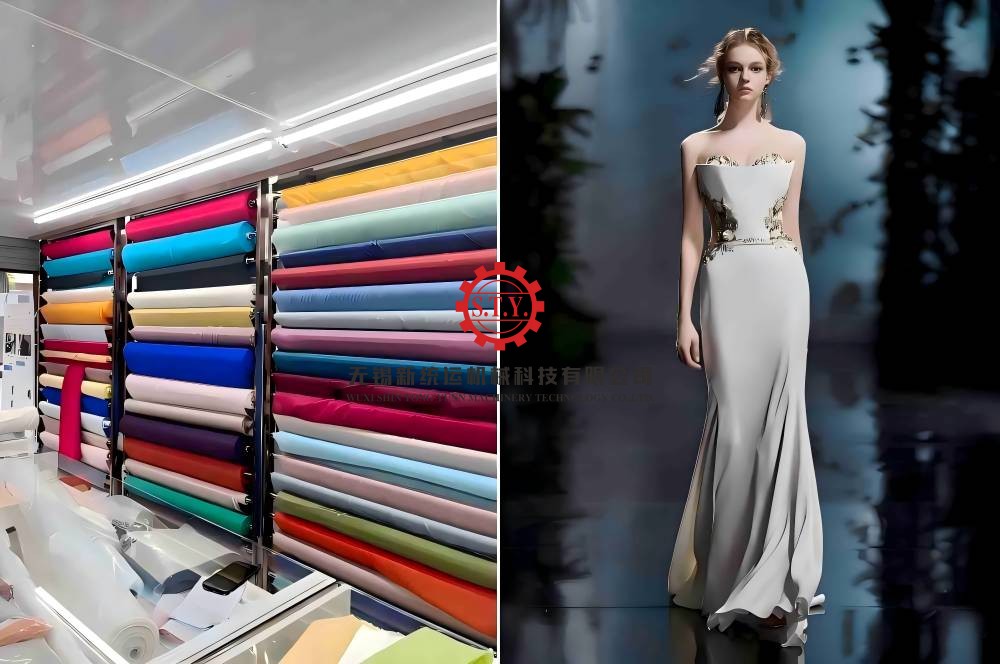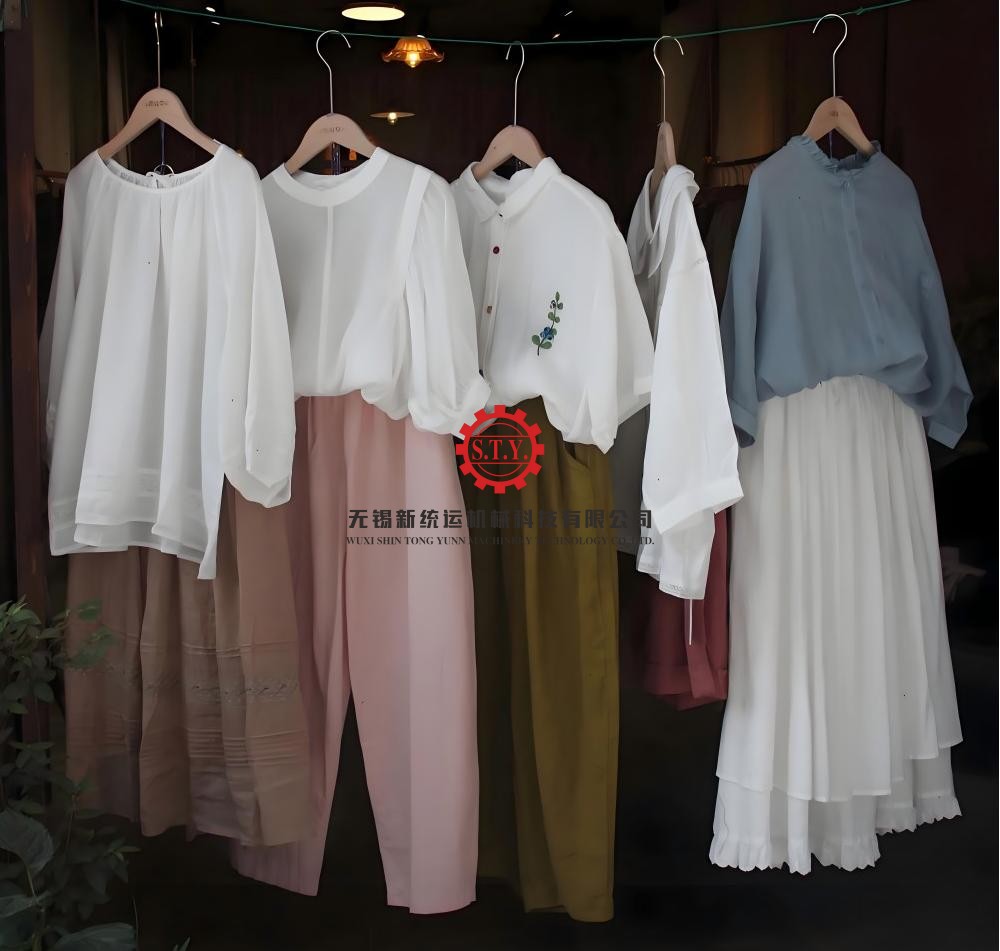2025's Top Cooling Fabrics Ranked: Cotton, Silk or Linen?
Under scorching summer sun, intense heat seems to "dye" the earth, burning the skin. During summer, clothing styles are diverse, but fabric is the key. The most comfortable and cool option is natural fabric undoubtedly:the most common being cotton, silk and linen. So, which one is the coolest and most suitable for summer?
1. Pure Cotton: Affordable and Classic Comfort
Pure cotton is the most common natural fabric in daily life, its price is unbeatable. T-shirts, shirts and denim, cotton products stand out for their affordability, comfort and breathability—making them as the top choice for casual wear. Cotton is also foundational fabric in textile industry, with the most mature dyeing and processing technology.

1.1 Types of Cotton
Short-staple cotton: Affordable for the general public, widely used in daily clothing.
Long-staple cotton: Higher quality (e.g., Sea Island cotton, Egyptian cotton, Pima cotton), with longer fiber that can be spun into high-count fabric, offering luster and breathability comparable to silk.
1.2 Pros and Cons of Cotton
Advantges:
a. Comfortable and breathable, with fast sweat absorption.
b. Durable and washable, it is able to withstand multiple dyeing and processing treatments.
Disadvantages:
a. Poor moisture performance, easy to fit after sweating
b. Prone to wrinkling and requires ironing.
c. Dark colors may fade after dyeing.
With advancements in textile technology, innovations like "liquid ammonia mercerization" allow cotton fibers to cool instantly, creating fabric with silk-like touch—such as the popular "160-count ice-cool cotton shirts" on the market.
2. Silk: Noble Choice, "Queen of Fibers"
Silk is hailed as the "Queen of Fibers" and is premium natural fabric. It takes sixteen silk layers to match a single hair's width. Its sweat absorption is 1.3 times that of cotton. Silk is not only breathable and soft but also contains 18 amino acids beneficial to our body. Its weight is measured in "momme"—the higher the momme, the thicker the fabric. Summer silk fabric typically range from 12 to 19 momme.

2.1 Pros and Cons of Silk
Advantges:
a. Lightweight and breathable, yet doesn’t cling to the skin.
b. Nourishes the skin and promotes metabolism.
c. Blocks UV rays, making it suitable for outdoor wear.
d. Dyed at 115°C in high-pressure dyeing machines for vibrant, long-lasting colors.
Disadvantages:
a. Delicate and prone to snagging.
b. Shrinks and wrinkles easily, requiring professional care.
c. Expensive.
d. Not sun-resistant.
Beware of cheap silk! Traditional dyeing methods may cause fading. High-quality silk should be labeled "micro-suspension dyeing." Wrinkle-resistant silk is produced by silkworms fed special diets, increasing wash durability by 5 times.
3. Linen: Nature’s Air Conditioner
Linen fibers have "X-shaped cross-section" and "hollow tubular structure", dissipating heat 19x faster than silk. Studies show that wearing linen can lower skin temperature by 3-4°C, earning it the title of "nature’s air conditioner." Modern flat dyeing machines with precise temperature control (40-50°C) preserve linen’s natural porous structure during dyeing.

3.1 Unique Properties of Linen
- Dries in 5 seconds without sticking to the skin.
- Naturally anti-static and radiation-resistant.
- Antibacterial properties, ideal for sensitive skin.
3.2 Pros and Cons of Linen
Advantges:
a. Best breathability.
b. Strong moisture absorption.
c. More durable and easier to care for than silk.
d. Eco-friendly, with minimal pollution during production.
Disadvantages:
a. Prone to wrinkling (creating the signature "luxury creases").
b. Lacks elasticity, restricting movement.
c. Difficult dyeing process, leading to limited color options.
Luxury brands apply cold dyeing to create wrinkle-resistant linen that stays crisp when machine-washed. The trending "jade linen" incorporates powdered jade in the dyeing process, cooling the skin by 2°C upon contact.
How to Choose the Right Summer Clothing in 2025?
Based on the above analysis, you should have the ultimate solution:
Corporate professionals: Opt for "silk shirts + linen trousers" —wrinkle-resistant silk and breathable linen keep you cool even during long meetings.
Fitness enthusiasts: Choose quick-dry cotton T-shirts that dry in 5 minutes after workout.
Busy parents: Pick linen-cotton blends (55% linen + 45% cotton)—durable, machine-washable and resistant to stain like juice or milk.
Today, summer clothing isn’t just about style—it’s about the perfect fusion of technology and nature. Understanding properties of natural fibers and matching them to your needs will help you select the best outfits for beating heat. With advancements in dyeing machinery and techniques, natural fabrics offer more possibilities now, providing wealth of choices for everyone.